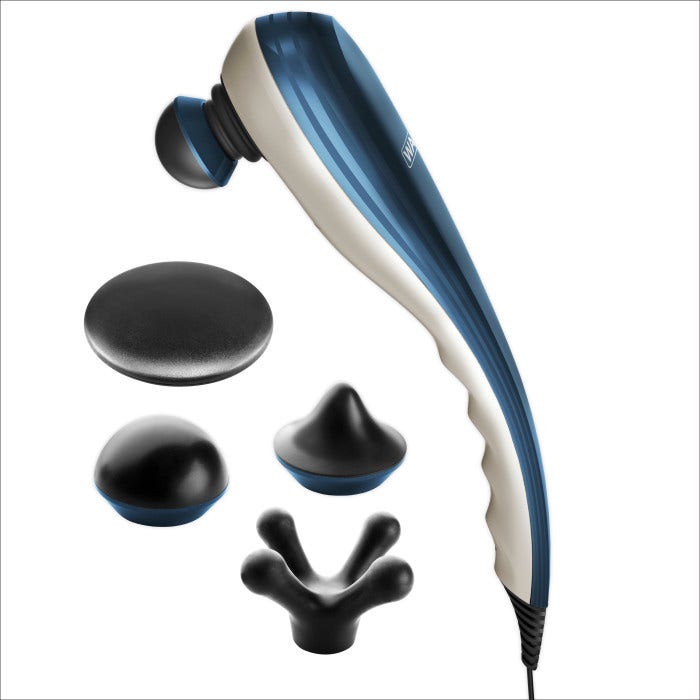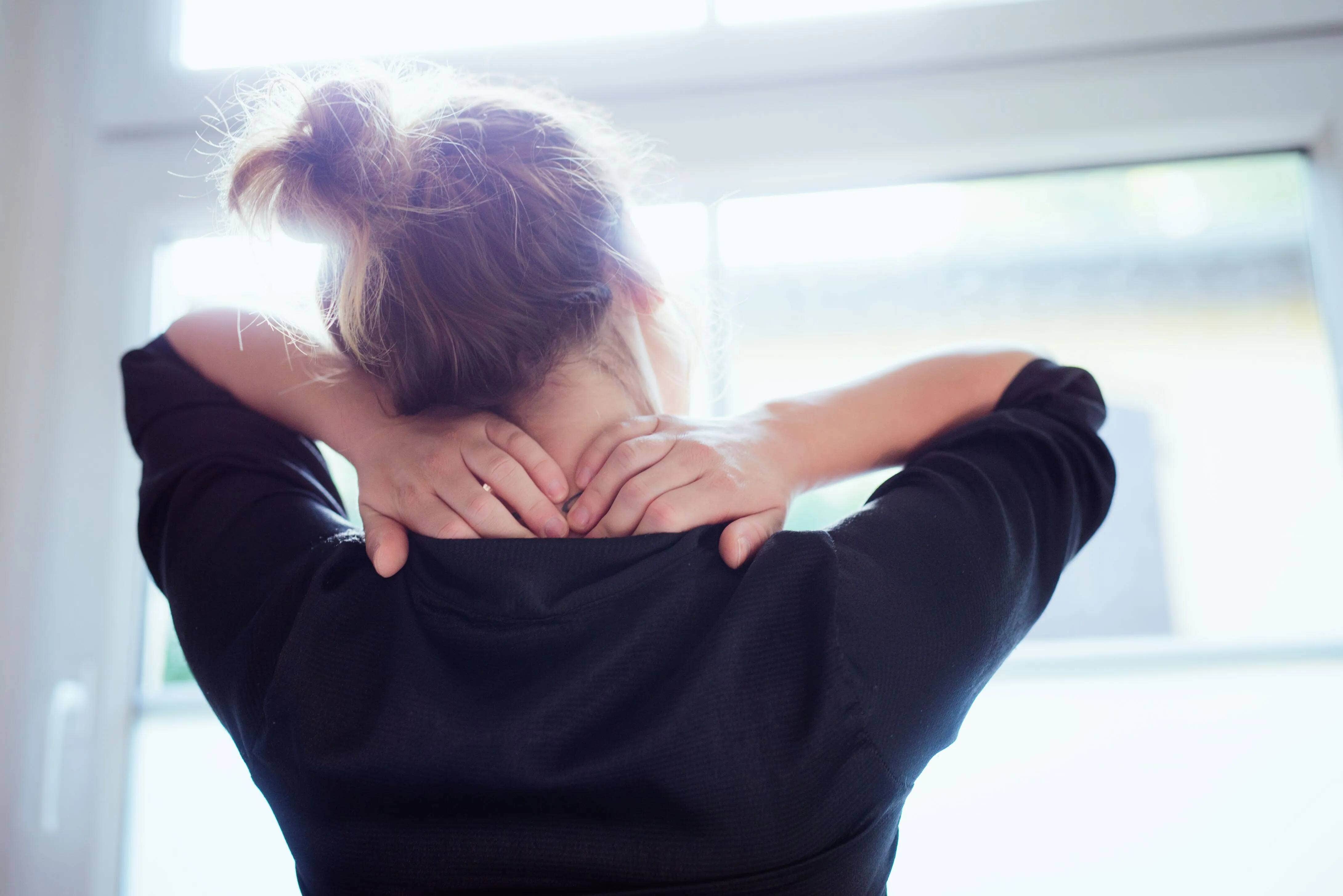Billie Jean King might have won the battle of the sexes when she beat Bobby Riggs in a winner-take-all tennis match back in 1973, but chances are if she had sustained an injury in the match, things would have taken a different turn.
That’s because when it comes to pain, men and women feel it differently, with women being the losers.
Research finds that not only do women feel pain more of the time and more intensely than men, but they are much more likely than men to receive sedatives (rather than pain medication) to treat it because their pain is dismissed as psychological. One study found that women who endured coronary bypass surgery were only half as likely to receive painkillers as compared to men who underwent the same procedure.
Sadly, the fact that 70 percent of the people impacted by chronic pain are women does not make this gender bias easier, either.
Here are four pain conditions that affect women most, and proven ways to help yourself, if no one else will. Because sometimes, you have to take matters into your own hands.
1. Musculoskeletal pain
When the National Institutes of Health (NIH) reviewed the research into several specific types of musculoskeletal pain which included back pain, whole body pain, osteoarthritis and fibromyalgia, they found that women experienced more chronic pain than men, especially with age, when they experienced more compression fractures and vertebral changes than men.
Here’s help
While a visit to a massage therapist can help, there’s a more convenient and affordable way to zap your pain: with a hand-held massager, like this Deep Tissue Massager from Wahl. One of the most powerful on the market, it can treat muscle pain naturally, through a combination of interchangeable heads and variable intensity control. And it’s powerful enough to treat pain in large muscle groups or pin-point specific problem areas. The benefit of massage comes from relieving tension and enhancing blood flow, which causes muscles to relax.
2. Migraine
Migraines can affect anyone, really, but they’re more common in women. In fact, three times as many women live with migraines than men — and a large reason is the fluctuation of estrogen. Migraines, as a result, are common around the time of menstrual cycles, when estrogen levels rapidly drop. During pregnancy, because estrogen levels rise, migraines ease off or even disappear for many women. And then again, during perimenopause (the years leading up to menopause), they may come back fierce and frequent due to the uneven rise and fall of estrogen once again. Women with headaches report not only more pain than men, but pain that is longer-lasting and more likely to include nausea and vomiting.
Here’s help
Daily nonsteroidal anti-inflammatory drugs (NSAIDs), like ibuprofen or naproxen sodium can help reduce or prevent migraines; so can triptans (like frovatriptan). But if you don’t want to take medication, there are lifestyle ways to handle your migraine. One way is to retreat from your usual activities if possible, says the Mayo Clinic. Sit and relax in a dark quiet room; applying hot or cold compresses to your head or neck can help dull the pain. Caffeine, in small amounts, can help relieve pain in its early stages as well as enhance the pain-reducing effects of acetaminophen (like Tylenol) and aspirin. Managing stress, getting adequate and good quality sleep, exercising and maintaining a healthy weight can also be helpful. Some migraines, especially if caused by tight muscles, can also benefit from massage, either through the hands of a therapist, or at-home.
3. Irritable Bowel Syndrome (IBS)
This condition affects the large intestine and causes cramping, abdominal pain, bloating, gas, diarrhea or constipation (or both). It is more common in women than men; and it affects women differently, too. Women with IBS, studies reveal, are more likely to suffer with fatigue, depression, anxiety and an overall lower quality of life. Though researchers are not entirely sure of the reason, one is that it could be the due to sex hormones (which affect the stress response and mechanisms between the brain and gut).
Here’s help
IBS pain is managed in a combination of ways, both psychologically (like hypnosis, relaxation or meditation) and with medications (like anticholinergic agents to help relieve pain after meals or central acting or targeted medications to block pain signals from the brain).
4. TMJ
TMJ (temporomandibular joint) syndrome is a pain originating from the jaw joint that connects your jawbone to your skull. The causes are varied: sometimes the cartilage of the joint is damaged by arthritis or becomes injured; while other times the disk erodes or moves out of alignment. Clenching or grinding your teeth can also put you at risk for TMJ syndrome.
Symptoms include headaches, ear pain, jaw pain, difficulty chewing, aching facial pain or a locking of the joint (making opening and closing your mouth difficult). People with TMJ disorders can also have a clicking or grating sensation when they chew, or open their mouths. One study found that women experienced these symptoms more frequently than men.
Here’s help
Sometimes symptoms will disappear on their own without treatment; if they don’t, TMJ disorders can be treated with pain relievers and anti-inflammatories or muscle relaxants. Oral splints, mouth guards or physical therapy can be helpful, as can moist heat or cold packs. Some chiropractors and massage or physical therapists treat TMJ with trigger point massage, which can relax tense muscles contributing to the jaw ache and pain.
Authored by
Sheryl Kraft
(HealthyWomen.org)
Original Article can be found at
https://www.healthywomen.org/content/article/why-men-and-women-feel-pain-differently
Original Publish Date 11/04/2019

 India (English)
India (English)
 Middle East and Africa (English)
Middle East and Africa (English)
 South Africa (English)
South Africa (English)
 Australia (English)
Australia (English)
 Japan (日本語)
Japan (日本語)
 South East Asia (English)
South East Asia (English)
 Singapore (English)
Singapore (English)
 Europe (English)
Europe (English)
 United Kingdom (English)
United Kingdom (English)
 Argentina (Español)
Argentina (Español)
 Brazil (Portuguese)
Brazil (Portuguese)
 Colombia (Español)
Colombia (Español)
 Latin America (Español)
Latin America (Español)
 México (Español)
México (Español)
 Chile (Español)
Chile (Español)
 Peru (Español)
Peru (Español)
 Canada (English)
Canada (English)





_0_0.jpg)
